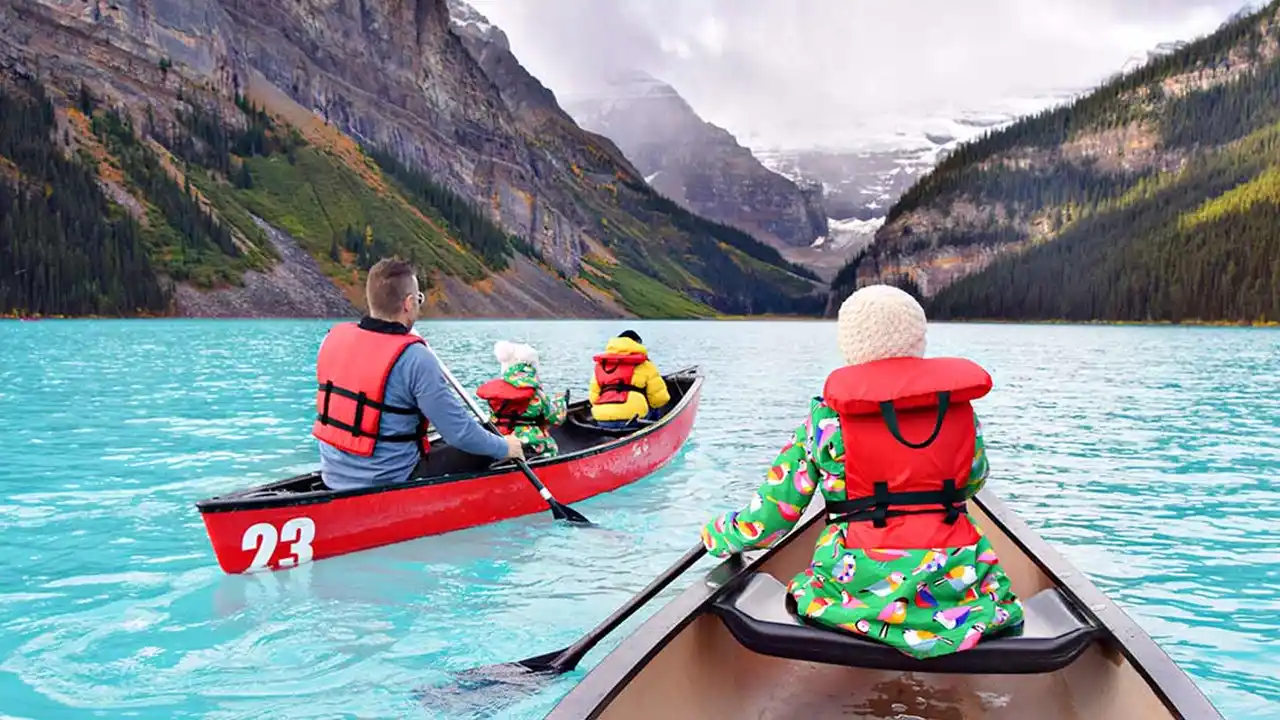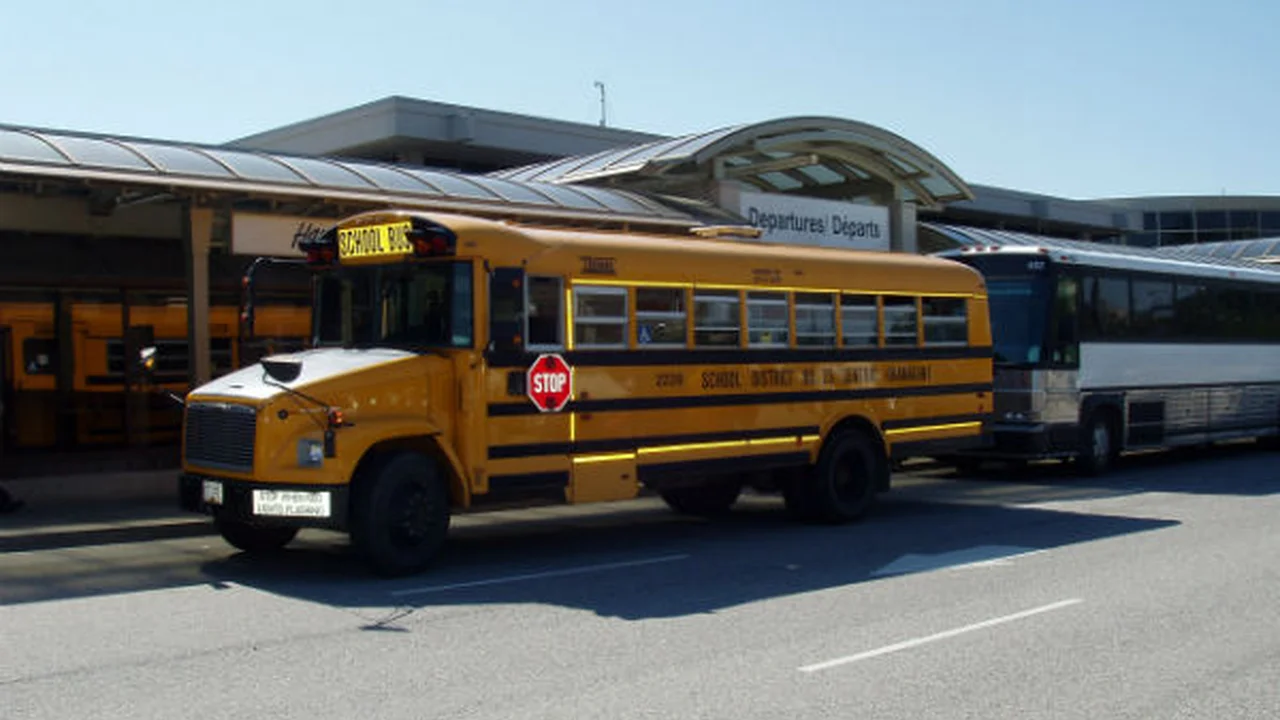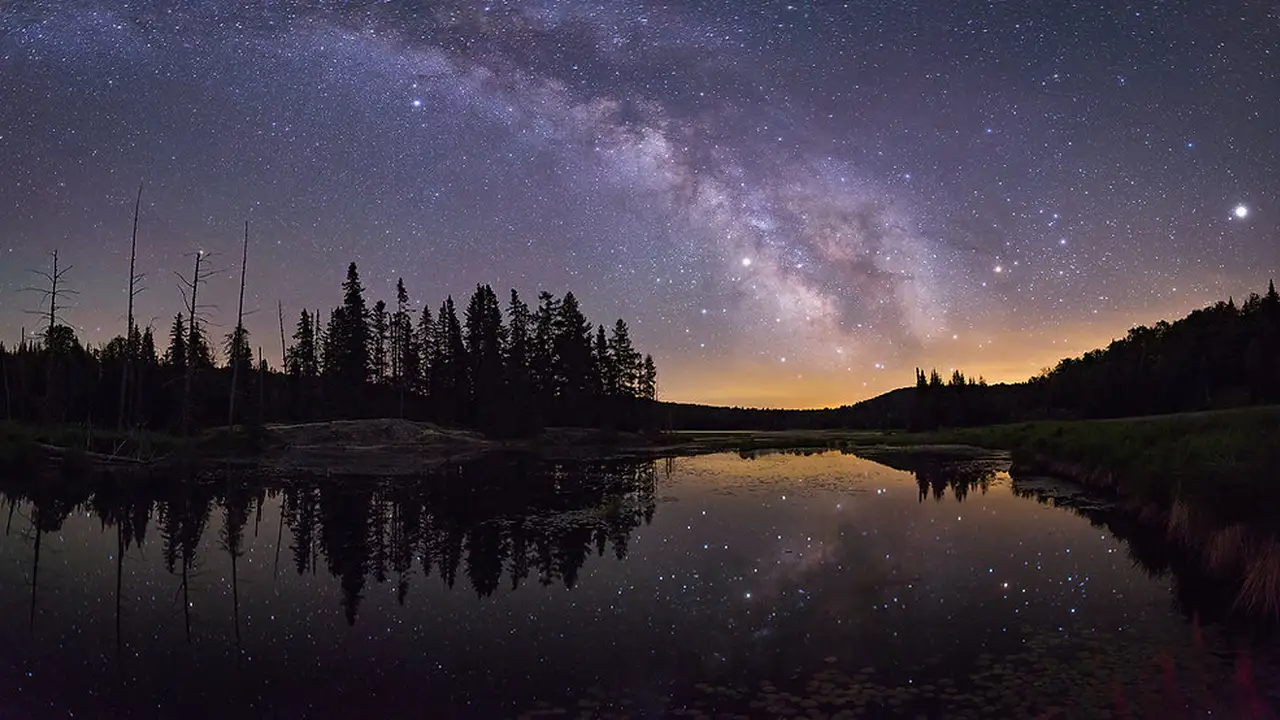Kayaking and Canoeing in Canada: A Beginner's Guide

Explore Canada's waterways by kayak or canoe This beginner's guide covers everything you need to know Learn about equipment safety and the best locations Start your paddling adventure
Introduction to Kayaking and Canoeing in Canada's Stunning Waterways
So you're thinking about paddling around Canada, eh? Awesome choice! Canada's got more lakes, rivers, and coastline than you can shake a paddle at. From the serene lakes of Ontario to the rugged coast of British Columbia, there's a paddling adventure waiting for everyone. This guide is your starting point, whether you're a complete newbie or just need a refresher on the basics. We'll cover everything from choosing the right gear to staying safe on the water, and even suggest some fantastic spots to get you started.
Choosing the Right Kayak or Canoe for Your Canadian Adventure Gear Guide
First things first, let's talk boats. Kayaks and canoes are the two main options, and they each have their pros and cons. Choosing the right one depends on your personal preferences, the type of water you'll be paddling, and how many people you want to bring along.
Kayaks Types and Considerations for Canadian Waters
Kayaks are generally faster and more maneuverable than canoes, making them great for solo adventures or exploring narrow waterways. They sit lower in the water, which can be an advantage in windy conditions. There are several types of kayaks to choose from:
- Sit-on-top kayaks: These are super stable and easy to get in and out of, making them ideal for beginners and warm-water paddling.
- Sit-inside kayaks: These offer more protection from the elements and are better suited for colder water and longer trips.
- Touring kayaks: These are designed for speed and efficiency, perfect for covering long distances on lakes or coastal waters.
- Whitewater kayaks: These are built for navigating rapids and require specialized skills and training. Not for beginners!
Canoes Types and Considerations for Canadian Waters
Canoes are more spacious than kayaks, making them ideal for carrying gear or paddling with a partner or family. They're also generally more stable than kayaks, although they can be more difficult to maneuver in windy conditions. Like kayaks, there are different types of canoes:
- Recreational canoes: These are designed for general use on calm lakes and rivers. They're stable and easy to paddle, making them a great choice for beginners.
- Touring canoes: These are built for speed and efficiency, perfect for long-distance trips on lakes or rivers.
- Whitewater canoes: These are designed for navigating rapids, but they require specialized skills and training.
Kayak and Canoe Product Recommendations and Price Points
Okay, let's talk specifics. Here are a few recommendations for kayaks and canoes that are perfect for beginners in Canada:
Kayaks
- Perception Tribe 9.5 Sit-On-Top Kayak: This is a great all-around sit-on-top kayak that's stable, easy to paddle, and affordable. Perfect for calm lakes and rivers. Price: Around $500 USD. Best Use Case: Recreational paddling on calm waters, fishing.
- Old Town Vapor 10 Sit-Inside Kayak: A comfortable and stable sit-inside kayak that's perfect for beginners who want a little more protection from the elements. Price: Around $600 USD. Best Use Case: Recreational paddling on lakes and slow-moving rivers, day trips.
- Advanced Elements AdvancedFrame Convertible Kayak: This inflatable kayak is surprisingly durable and performs well on the water. It's also easy to store and transport, making it a great option for those with limited space. Price: Around $800 USD. Best Use Case: Recreational paddling, travel, apartment dwellers.
Canoes
- Old Town Discovery 158 Canoe: A classic recreational canoe that's stable, durable, and spacious. Perfect for paddling with a partner or family. Price: Around $900 USD. Best Use Case: Recreational paddling on lakes and rivers, family outings, camping trips.
- Mad River Adventure 16 Canoe: A versatile canoe that's suitable for both recreational paddling and longer trips. It's stable, efficient, and can carry a lot of gear. Price: Around $1100 USD. Best Use Case: Recreational paddling, camping trips, fishing.
Comparing Kayaks and Canoes Choosing What's Right for You
So, which one should you choose? If you're primarily paddling solo on calm water and want something easy to maneuver, a kayak is a great choice. If you're paddling with a partner or family, or need to carry a lot of gear, a canoe is a better option. Consider your budget, storage space, and the type of water you'll be paddling when making your decision.
Essential Paddling Equipment for Canada's Waterways
Beyond the boat itself, you'll need some essential equipment to stay safe and comfortable on the water.
Paddle Selection for Kayaks and Canoes
A good paddle is essential for efficient paddling. Choose a paddle that's the right length for your height and paddling style. For kayaks, you'll want a double-bladed paddle. For canoes, you'll need a single-bladed paddle.
Personal Floatation Devices (PFDs) Safety First
A PFD, also known as a life jacket, is the most important piece of safety equipment. Make sure it fits properly and is approved by Transport Canada. Always wear your PFD while paddling, no matter how confident you are in your swimming abilities.
Safety Gear Checklist for Canadian Paddling
In addition to a PFD, consider carrying the following safety gear:
- Whistle: For signaling for help.
- Waterproof flashlight or headlamp: For paddling in low light conditions.
- Navigation tools: A map and compass or GPS device.
- First-aid kit: For treating minor injuries.
- Repair kit: For fixing minor damage to your boat.
- Dry bag: For keeping your valuables and electronics dry.
- Sunscreen and hat: For protecting yourself from the sun.
- Water and snacks: To stay hydrated and energized.
Safety Tips for Kayaking and Canoeing in Canada's Diverse Environments
Safety should always be your top priority when paddling. Here are a few tips to help you stay safe on the water:
Understanding Weather Conditions in Canada
Check the weather forecast before you head out and be prepared for changing conditions. Canadian weather can be unpredictable, especially in mountainous areas.
Navigating Canadian Waterways Understanding Currents and Hazards
Be aware of currents, tides, and other hazards. Avoid paddling in strong currents or during storms. Learn how to identify and avoid obstacles such as rocks, logs, and submerged debris.
Essential Paddling Techniques for Beginners
Take a paddling lesson to learn basic techniques such as forward stroke, reverse stroke, and turning. Practice these techniques in a safe and controlled environment before venturing out on a longer trip.
Hypothermia Prevention in Canada's Cold Waters
Dress appropriately for the weather and water temperature. Wear layers of clothing that will keep you warm even when wet. Avoid cotton clothing, which can actually make you colder when wet. Be aware of the signs of hypothermia and seek medical attention immediately if you suspect someone is suffering from it.
Emergency Procedures What to Do in Case of an Accident
Know what to do in case of an emergency. Carry a cell phone in a waterproof bag and know how to call for help. Learn basic first-aid skills and know how to rescue someone who has fallen into the water.
Top Kayaking and Canoeing Locations in Canada for Beginners
Now for the fun part! Here are a few suggestions for great places to kayak or canoe in Canada for beginners:
Ontario's Algonquin Provincial Park A Paddler's Paradise
Algonquin Park is a vast wilderness area with thousands of lakes and rivers, perfect for paddling adventures. There are numerous campsites and portages, allowing you to explore the park for days or even weeks. The lakes are generally calm and the scenery is stunning.
British Columbia's Gulf Islands Coastal Beauty
The Gulf Islands offer sheltered waters and stunning coastal scenery. You can explore hidden coves, paddle past sandy beaches, and spot wildlife such as seals, eagles, and whales.
Nova Scotia's Kejimkujik National Park Inland Waterways
Kejimkujik National Park is a network of lakes and rivers that's ideal for canoeing. The park is known for its clear waters, sandy beaches, and abundant wildlife.
Alberta's Lake Louise Iconic Scenery
While the water is cold (glacier-fed!), Lake Louise offers iconic Canadian scenery. Rent a canoe at the lake and enjoy the breathtaking views of the surrounding mountains and glaciers. This is more of a short paddle and photo opportunity than a wilderness adventure.
Manitoba's Whiteshell Provincial Park Wilderness Escape
Whiteshell Provincial Park offers a variety of paddling experiences, from calm lakes to gentle rivers. The park is known for its Precambrian Shield landscape and abundant wildlife.
Planning Your Kayaking or Canoeing Trip in Canada Logistics and Considerations
Before you head out on your paddling adventure, take some time to plan your trip. Here are a few things to consider:
Permits and Regulations Understanding Canadian Laws
Check the regulations for the area you'll be paddling in. Some parks and waterways require permits for camping or paddling.
Campsite Reservations and Availability Securing Your Spot
If you're planning to camp, make sure to reserve a campsite in advance, especially during peak season.
Transportation Options Getting To and From Your Destination
Figure out how you'll get to your paddling location and back. Consider renting a car or using public transportation.
Food and Water Planning Staying Nourished and Hydrated
Pack plenty of food and water for your trip. Consider bringing a water filter or purification tablets to ensure you have access to clean drinking water.
Leave No Trace Principles Protecting Canada's Natural Beauty
Practice Leave No Trace principles to minimize your impact on the environment. Pack out everything you pack in, stay on designated trails, and avoid disturbing wildlife.
Enjoying the Canadian Wilderness Responsibly Wildlife Encounters
Canada's wilderness is home to a variety of wildlife, including bears, moose, and wolves. Be aware of your surroundings and take precautions to avoid encounters with wildlife. Store food properly, make noise while hiking, and never approach or feed wild animals.
:max_bytes(150000):strip_icc()/277019-baked-pork-chops-with-cream-of-mushroom-soup-DDMFS-beauty-4x3-BG-7505-5762b731cf30447d9cbbbbbf387beafa.jpg)






